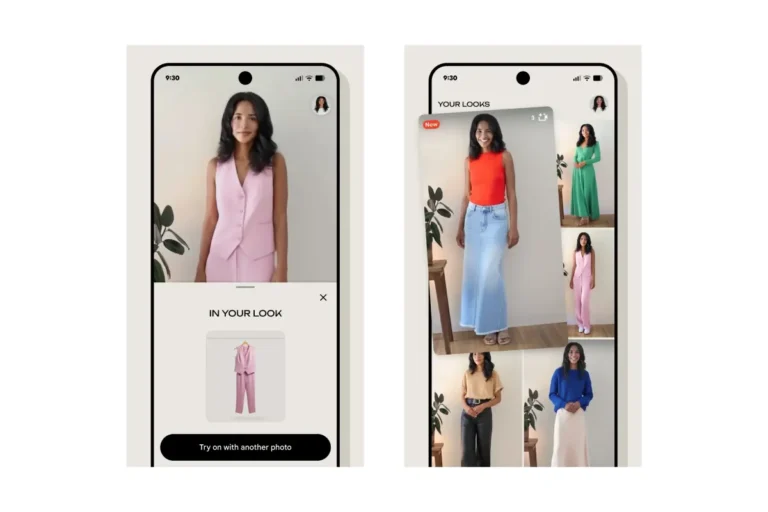Generative AI has come a long way in terms of its ability to create images that appear startlingly realistic, but text has always been a problem. Even the best models struggle to generate legible logos, much less text, calligraphy, or fonts. But, DeepFloyd IF, a text-to-image model developed by DeepFloyd, a research group backed by Stability AI, has come up with a solution that can integrate text into images smartly.
What Makes DeepFloyd IF Different?
DeepFloyd IF’s design is heavily inspired by Google’s Imagen model, and unlike models like OpenAI’s DALL-E 2 and Stable Diffusion, it uses multiple different processes stacked together in a modular architecture to generate images. The model uses a large language model to understand and represent prompts as a vector, a basic data structure. The large language model embedded in DeepFloyd IF’s architecture is particularly good at understanding complex prompts and even spatial relationships described in prompts (e.g., “a red cube on top of a pink sphere”).
How Does DeepFloyd IF Work?
DeepFloyd IF works directly with pixels. It performs diffusion several times, generating a 64x64px image, upscaling the image to 256x256px, and finally to 1024x1024px. The multiple diffusion steps are necessary because diffusion models are for the most part latent diffusion models, which work in a lower-dimensional space that represents a lot more pixels but in a less accurate way. This allows the model to generate legible and correctly-spelled text in images, and even understand prompts in multiple languages.
The Implications of DeepFloyd IF
DeepFloyd IF can unlock a wave of new generative art possibilities, including logo design, web design, posters, billboards, and even memes. Because it can generate text in images capably, it might be able to create text in multiple languages, too. The model should also be much better at generating things like hands, and it can understand prompts in other languages.
Limitations of DeepFloyd IF
DeepFloyd IF’s base model doesn’t generate images that are quite as aesthetically pleasing as some diffusion models. However, fine-tuning could improve that. Additionally, DeepFloyd IF, like other open source generative models, could be used for harm, like generating pornographic celebrity deepfakes and graphic depictions of violence.
Conclusion

DeepFloyd IF represents a significant step forward for generative AI in text-to-image models. It is particularly good at understanding complex prompts and generating legible and correctly-spelled text in images. However, DeepFloyd IF, like other generative AI models, may suffer from the same flaws, including racial, ethnic, gender, and other forms of stereotyping. It is important to be aware of the potential for biases in such models and to use them with care.








